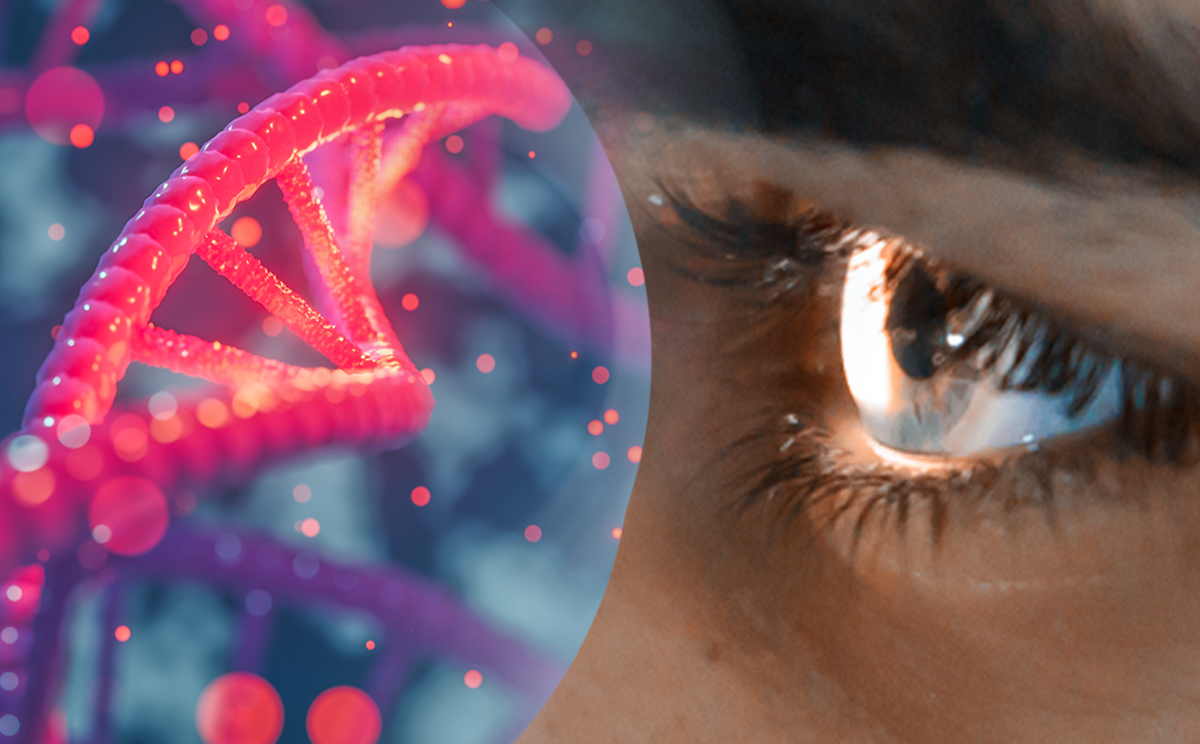News release
From:
QIMR Berghofer researchers have made a groundbreaking discovery in the largest ever genetic study on cataracts, analysing the DNA of over 950,000 people. The team, led by Associate Professors Miguel Renteria and Puya Gharahkhani, along with researcher Santiago Diaz-Torres, identified 101 regions in the human genome associated with an increased risk of developing cataracts. Of these regions, 57 have not been associated with cataracts before.
This study not only sheds light on the genetic underpinnings of cataracts but also offers new hope for prevention and treatment. The research suggests that certain drugs could potentially slow or prevent cataract formation, providing an alternative to surgery. The findings also pave the way for genetic screening to identify individuals at high risk for cataracts, enabling personalised eye health interventions such as limiting UV exposure, wearing protective hats, and managing conditions like diabetes that can impact vision.
Multimedia




 Australia; VIC; WA; TAS
Australia; VIC; WA; TAS


